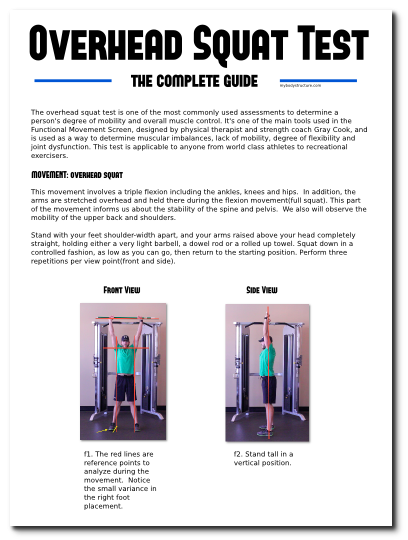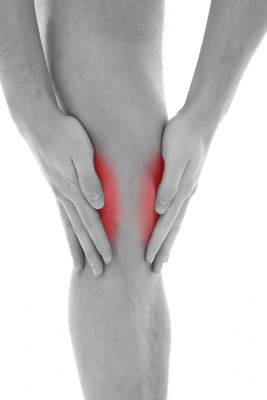MyBodyStructure’s Tips to Avoid Knee Injuries!
The knee is one of the most commonly injured joints and difficult to rehabilitate due to the fact that daily activities, such as sitting, standing, and walking all engage the knee. Knee injuries and pain can result from an isolated trauma incident or from repetitive movements that put stress on the knee joint. Even certain exercises and stretches can cause or exacerbate existing pain or injuries. Here are some tips for avoiding knee injury and pain.
1. Maintain a healthy body weight: Excess body weight puts unnecessary stress on the knees. Thus added stress can result in osteoarthritis, a deterioration of the cartilage in the knee joint. Osteoarthritis can result in pain, swelling, stiffness, and a decreased range of motion.
2. Wear good shoes: Choosing the right shoe for the type of exercise you are going to be doing it essential. Good fit and adequate support are also key when choosing a good athletic shoe. Look for a shoe that conforms to your natural foot shape and feels comfortable. When a shoe fits properly, it helps keep the bones and joints of the leg properly aligned, which decreases the chance of injuring the knees during exercise. It is also important to replace shoes periodically. Running shoes should be replaced every 300-500 miles. General athletic shoes and cross trainers should be replaced after every 300 hours of exercise. Basketball shoes should be replaced after 45-60 hours of play time. In addition to preventing knee injury and pain, the proper shoe can also help prevent blisters, calluses, corns, bunions, and disfigurement.
3. Always warm up: You should ALWAYS warm up for at least 5-10 minutes before beginning exercise. This increases blood flow to the muscles and decreases the chance of injury or aches and pains.
4. Focus on low-impact exercise: High-impact exercises, such as running, can stress or damage the cartilage and ligaments of the knee. As with excess body weight, too much high-impact exercise can cause osteoarthritis in the knee joints. Low-impact exercises, such as swimming, rowing, walking, and using the elliptical trainer, are much gentler on the joints and are an especially good idea for those with a history of knee pain or injury.
5. Include strength training in your workouts: Strengthening the muscles surrounding the knees can decrease the likelihood of injury. Strong hamstrings and quadriceps are key to maintaining healthy knee joints. The hamstrings actually cross the back of the knee joint, which makes keeping your hamstrings strong especially important. It is always important to make sure you use proper form when performing any weight lift exercise.
6. Don’t be sedentary: Staying active is an imperative part of keeping joints healthy. When you decrease the amount of exercise you’re getting, or stop exercising all together, it leads to muscle atrophy (shrinking) and weakness. Weak muscles don’t support bones and body weight as well, therefore increasing the likelihood of injury.
7. Don’t suddenly change exercise intensity: Be Careful when switching from low intensity exercises to high intensity exercises. Always start at the level appropriate for your current fitness level and gradually work your way up to higher intensity levels.
8. Consider visiting a physical therapist: If you have an existing knee injury or recurrent knee pain, Body Structures physical therapists can help you rehabilitate the injury as well as create an appropriate workout based on the existing injury.
The best thing you can do to avoid knee injury is to pay attention to your body. There’s a difference between temporary discomfort during exercise and actual pain during exercise. If you experience pain, don’t ignore it. By using proper form, listening to your body, and following these tips you can help avoid knee injuries. If you want HELP, be sure to ask one of MyBodyStructure’s Personal Trainers for a proper exercise plan.










